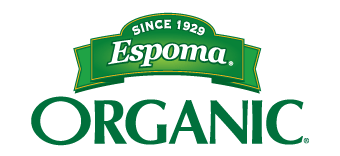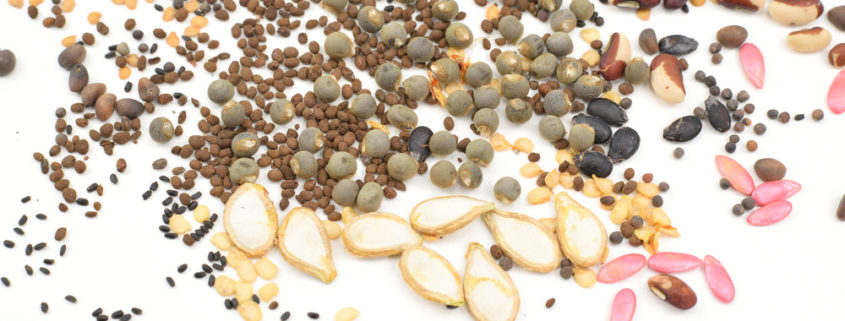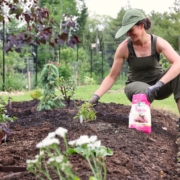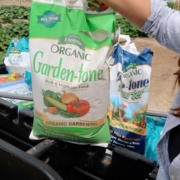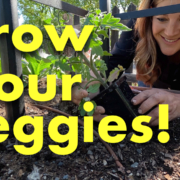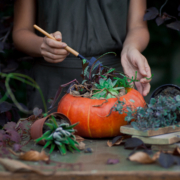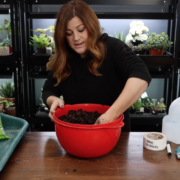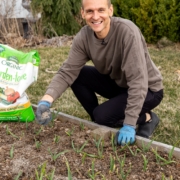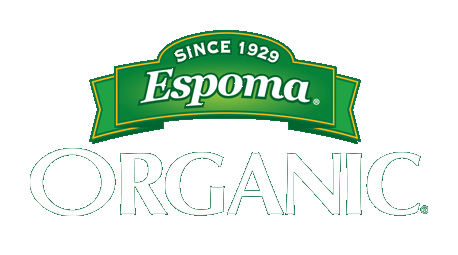Save Seeds for Sustainability
Savvy gardeners are known for not letting anything go to waste. They are the compost kings and queens. They are smart about how they water. They use every inch of their garden to plant something amazing.
So when it comes to seeds, why would that be any different? Saving seeds for vegetables is simple and wallet-friendly. It allows gardeners to be sustainable within their own garden.
Saving Seeds Basics
Saving seeds is easy to do. Its three simple steps: harvest the seeds from the vegetables, dry the seeds and store the seeds. Of course there’s a little more to know, but it’s truly that straightforward.
Depending on the vegetable you want seeds from, there’s a little bit of washing to do too. We have outlined three popular vegetables to get you started.
Peppers
Peppers are the easiest vegetables to get seeds from. When they have changed colors and are ready to eat, the seeds are ready as well.
Cut the peppers open, scoop out the seeds onto a ceramic or glass plate and lay them out to dry. Make sure the seeds are lying flat, not stacked on top of each other. Twice a day move the seeds around to ensure they aren’t sticking together. When they break, not bend, in your hand they are ready for storage.
Be sure to use ceramic or glass as the seeds will stick to paper.
Cucumbers
At the end of the season, pick off overly ripe cucumbers and bring them inside. Cut the cucumber open lengthwise and scoop out the seeds. To get the excess goop and coating off, rise and swirl seeds in a sieve gently. Spread them on wax paper to dry. Mix them occasionally to ensure even drying. Store when the seeds feel rough but not slippery.
Lettuce
Lettuce plants need to flower before you can harvest their seeds. One lettuce plant can produce a lot of seeds, so you don’t need to worry about all of them. When the flower heads are dried out and have puffs of white, the seeds are ready to be harvested.
Pinch off the flower heads and collect them in a bag. Bring them to a table and break them open so the seeds fall out. Some of the flower may stick to the seed, it is fine. It won’t disrupt the germination of the next season. Allow the seeds to dry and store.
Storage
Airtight containers work best for all seeds described. If taken care of, these seeds can last a few years! Keep them at room temperature and they will be ready to go when planting season begins.
When next year rolls around, start your seeds indoors and use Espoma’s Bio-tone Starter Plus to grow bigger and better versions of your favorite plants.
